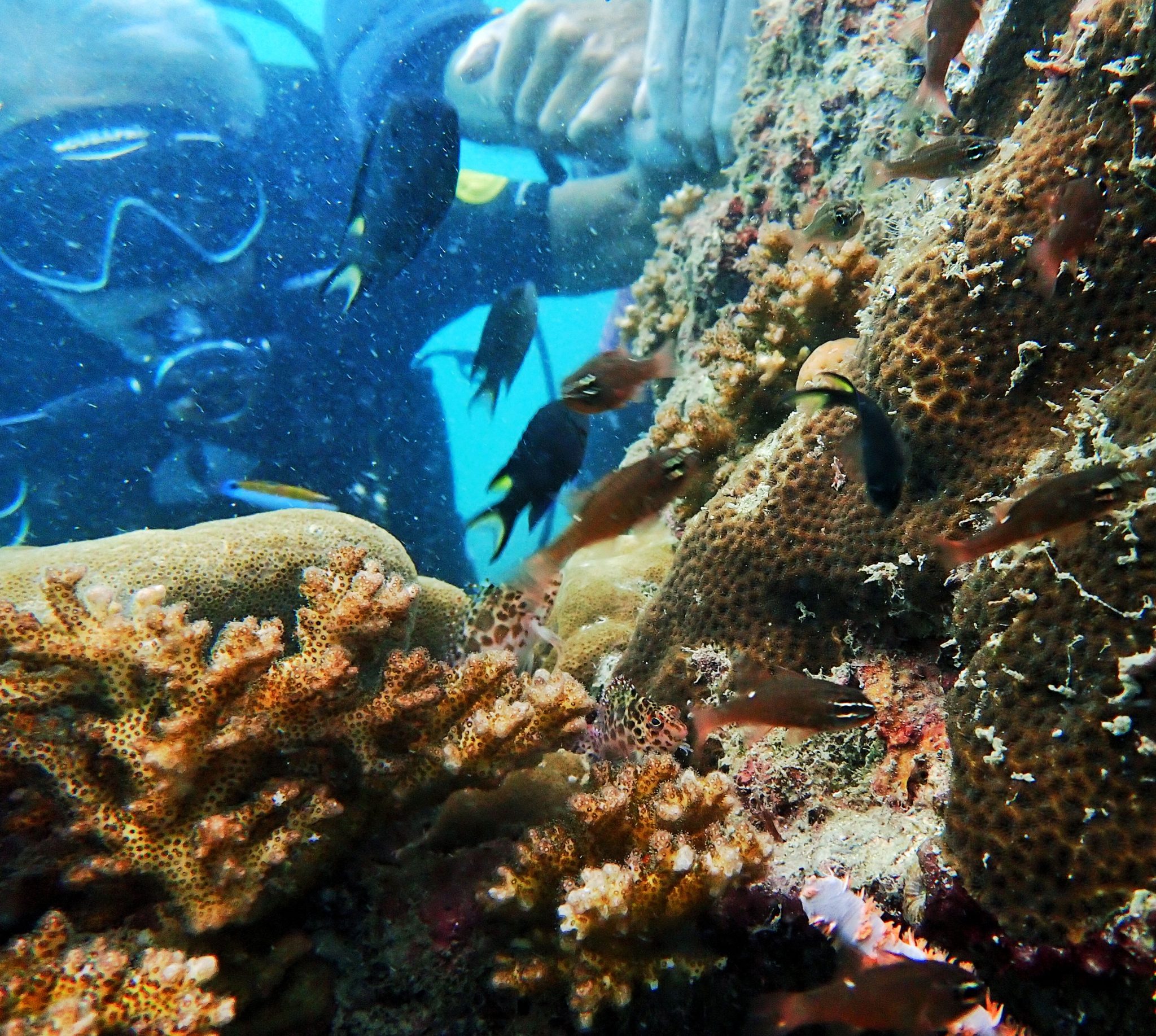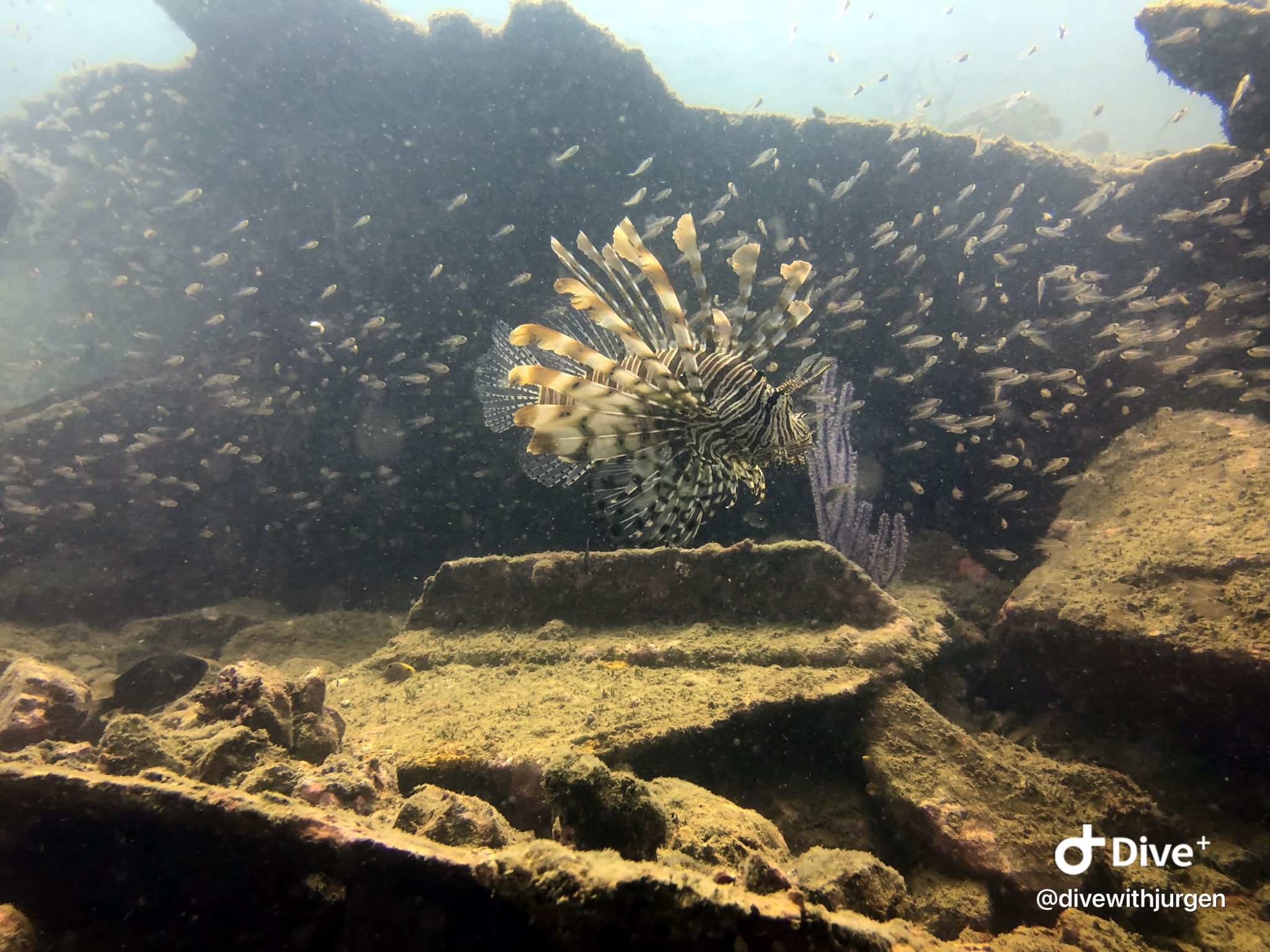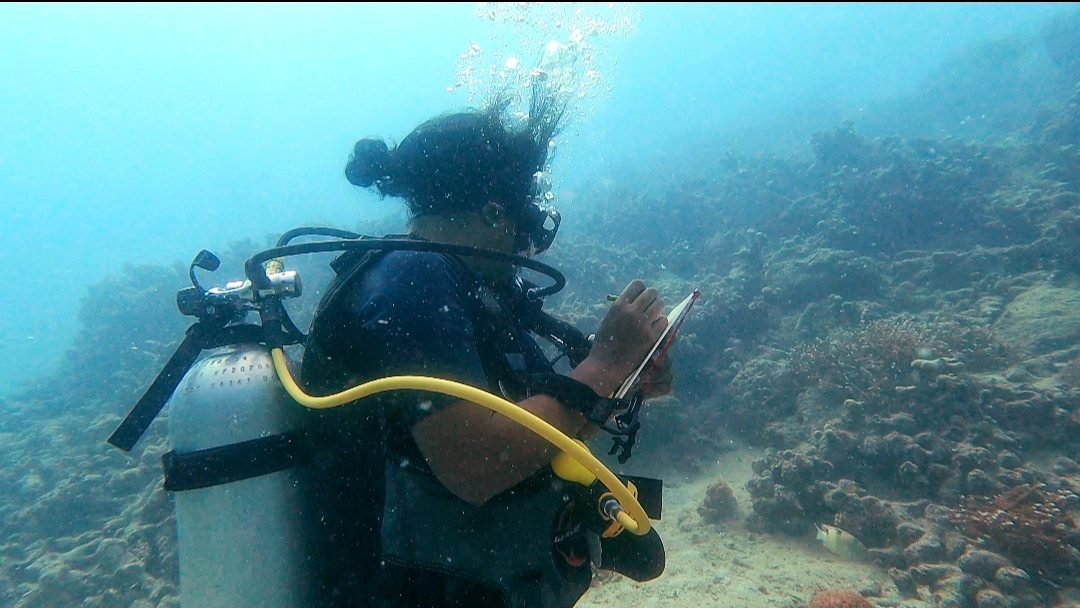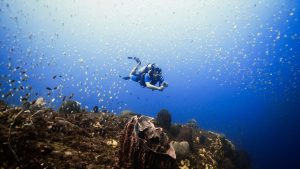Learn how to look at fish the right way, make the most of your dives and expand your knowledge of marine life.
With over 1200 species of fish, 1000 species of molluscs, 180 species of hard coral and more to observe, the Andaman Sea is blessed with abundance. While your dive professional can help you identify some fish species, those who are keen on learning to identify marine life for themselves will find great benefit in doing the Fish Identification course conceived of at Scubalov at Havelock Island which includes 8 dives over 4 days.
Located at the periphery of the ‘Coral Triangle’, the Andaman Islands are a biodiversity hotspot which make for a perfect diving destination for marine life enthusiasts. Six of the world’s seven marine turtle species are found in the Coral Triangle. The area covering a 6 km. sq. region houses 76% of world’s coral species. The Coral Triangle has more coral reef fish diversity than anywhere in the world.
During the course divers will learn what fish inhabit the Andaman waters, how to identify them and then learn more about how to protect and conserve marine life populations. For those who travel to the Islands adopting the right attitude in terms of respecting the Islands, reducing plastic consumption and supporting businesses that promote ocean friendly behaviors is encouraged.
Underwater organisms are organized in a hierarchy according to common biological and evolutionary characteristics. This course looks closely at the Family level classification where most members can be visually identified. This course teaches you how to easily classify fish according to a basic set of criteria making fish identification easier. During the course certified divers learn how to identify fish families based on body shape, behavior, movement, feeding, habitat and distinctive features which can be observed during the dives.
The course divides a number of fish families into four classifications like fish that have laterally compressed bodies, tapered bodies, those that are bottom dwellers and odd-shaped slow swimmers.
The knowledge gained during the course will help divers identify fish and look out for the right characteristics while observing marine life wherever they may go diving eventually.








